Navy Destroyer Modified With Naval Strike Missiles Sailing In RIMPAC Wargames
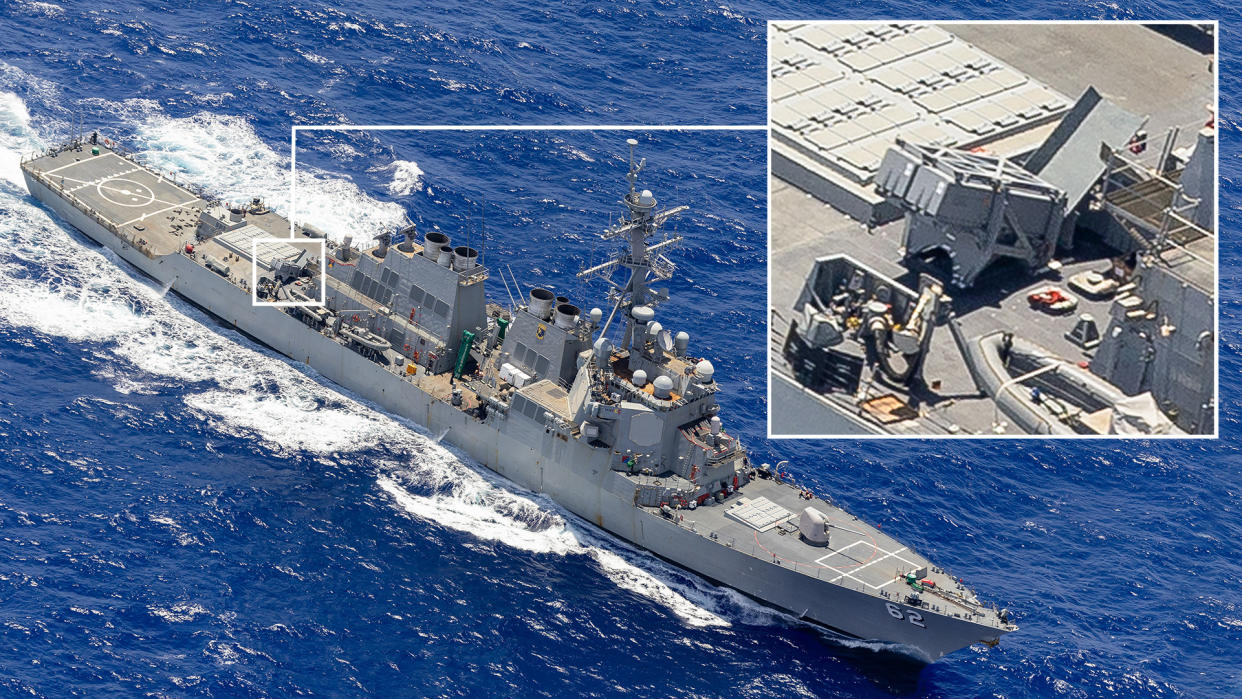
The U.S. Navy’s Arleigh Burke class destroyer USS Fitzgerald is taking part in the biennial Rim of the Pacific (RIMPAC) exercise off Hawaii with a unique modification: Naval Strike Missile (NSM) anti-ship cruise missiles in place of its RGM-84 Harpoons. The stealthy NSM has been growing in popularity within the U.S. military, in ship and ground-launched forms, as well as with foreign navies, for years now. Certain subclasses of Arleigh Burke destroyers are also in the process of receiving various other upgrades, some of which involve radical physical changes to support new radars and electronic warfare systems.
Naval News was first to spot the USS Fitzgerald (DDG-62) sporting its new NSM launchers after the destroyer’s arrival at Pearl Harbor in Hawaii for RIMPAC 2024, which kicked off on June 27. It is unknown when the ship swapped out its Harpoons for the new missiles and details about the integration are limited. The War Zone has reached out to the Navy for more information.
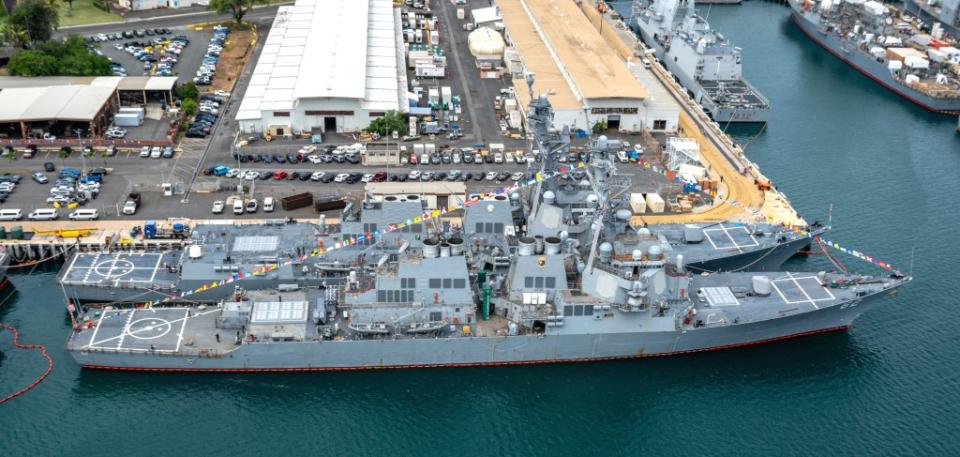
At the time of writing, Fitzgerald is the only one of the Navy’s 73 Arleigh Burke destroyers known to have gotten NSMs. The entire Arleigh Burke class fleet includes examples of three main subclasses (Flights I, II, and III), as well as several Flight II subvariants. The service just recently took delivery of another Arleigh Burke, the future USS John Basilone, a Flight IIA Technology Insertion type, but that ship has yet to be formally commissioned into service.
Only Flight I and baseline Flight II Arleigh Burkes are armed with Harpoon. Fitzgerald is an early Flight I version.
So far, Fitzgerald has only been observed with a pair of missile canisters loaded on one of its two NSM launchers at the aft end of the ship. The launchers can hold up to four missiles each at a time. The destroyer’s previous Harpoon anti-ship missile installation also included two four-round launchers.
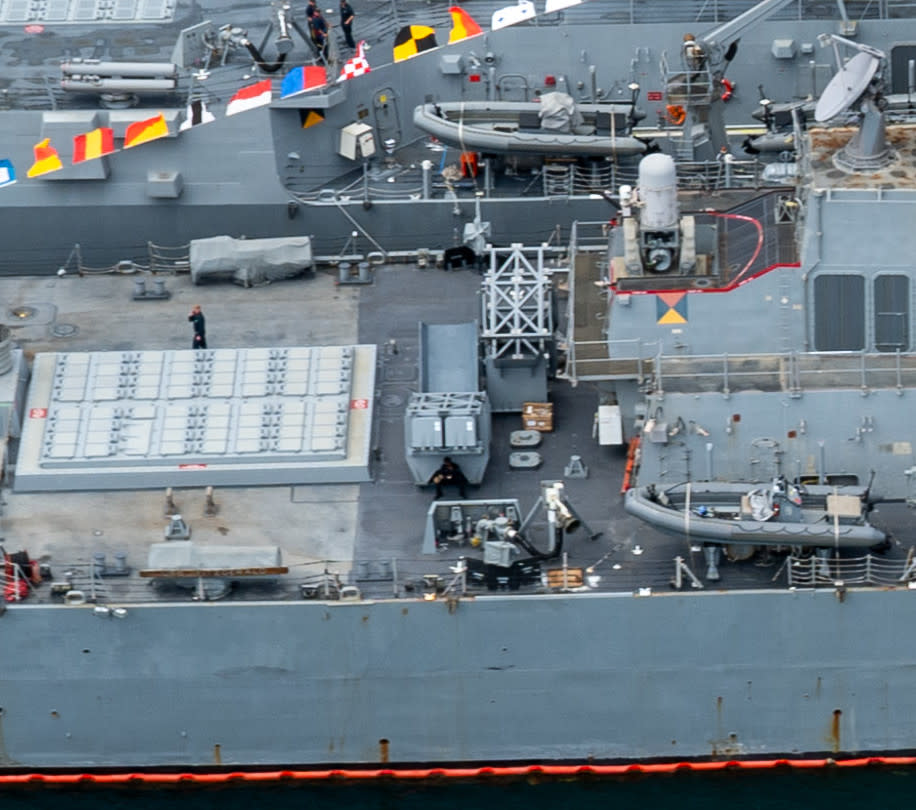
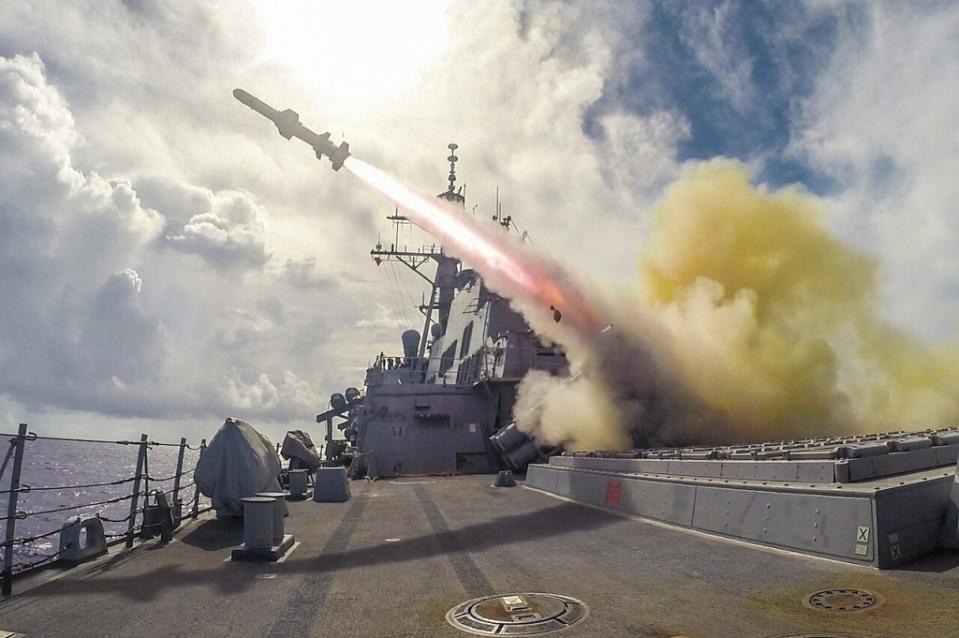
Developed by Norway’s Kongsberg Defense, NSM is a stealthy design that features GPS-assisted inertial navigation system (INS) guidance and an imaging infrared seeker, using the former to get to a general target area before switching over to the latter for terminal engagement of the target. The seeker is passive and therefore is immune to radiofrequency electronic warfare jamming. The guidance package also gives the missile a second land-attack capability against fixed target coordinates. You can learn more about NSM and its capabilities here.
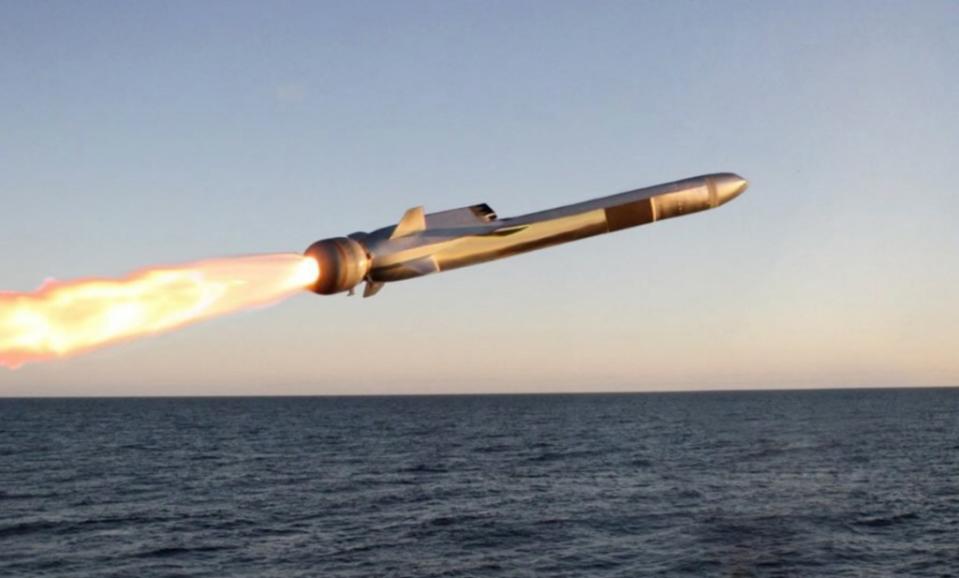
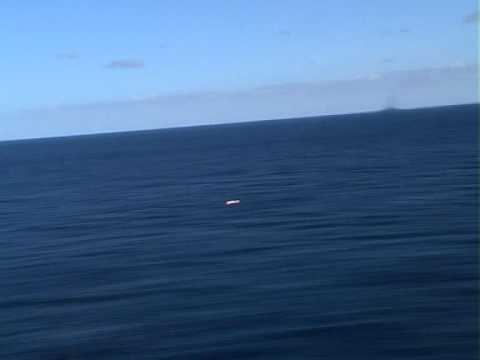
Harpoon is a non-stealthy design that relies on an active radar seeker in the terminal phase of flight. The Navy is in the process of upgrading at least a portion of its stockpile of these missiles to the Block II+ standard, which adds a new GPS-assisted INS guidance capability and a two-way data link so the missile can receive new targeting data or even be retasked completely in flight. Block II+ Harpoons also have increased “reliability and survivability… and enhanced resistance to electronic countermeasures” compared to their predecessors, according to an official fact sheet.
NSM, which has a greater stated range, but also a smaller warhead than Harpoon, could offer a relatively low-effort capability boost for the Navy’s Arleigh Burke class destroyers. NSM would offer an additional stand-off strike capability in a tier below that of the Tomahawk cruise missile, as well. The Navy is separately working to increase its capacity to use Tomahawks in the anti-ship role.
Swapping Harpoons for NSMs could present logistical and other benefits as the Norwegian missile becomes more widely used within the U.S. military and among allies and partners. The Navy continues to push ahead with plans to integrate NSMs onto its existing Independence and Freedom class Littoral Combat Ships (LCS) and the missiles are set to be part of the armament package on the service’s future Constellation class frigates.
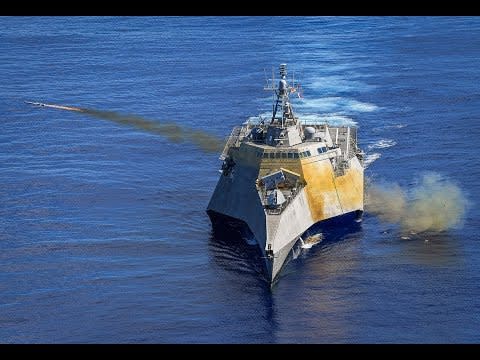
The Navy has explored adding NSM to other vessels, including amphibious warfare ships, in the past as a way to bolster its total surface-launched strike capacity. The service is expecting to see a notable drop in total missile launch capacity among its surface warship and submarine fleets in the near future due to the impending retirement of its Ticonderoga class cruisers and Ohio class guided missile submarines. This is something that continues to be of great concern, especially given the major delays with the Constellation class. Congress has now directed the Navy to explore alternative options to expand its ability to launch anti-ship and other strikes from the sea.
The U.S. Marine Corps is also fielding a ground-based NSM system that makes use of a remotely-operated mobile launcher derived from the 4×4 Joint Light Tactical Vehicle (JLTV). Raytheon, in cooperation with Kongsberg, has been working to ramp up U.S.-based production of NSMs.
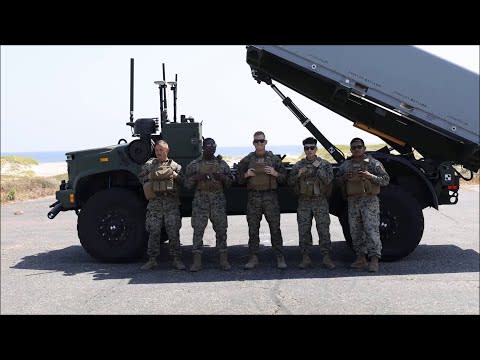
Naval News has reported the possibility that all remaining Flight I Arleigh Burkes, the oldest ships in the class, could get NSMs in the future. The Navy explicitly denied having any such plans in a statement to that outlet back in 2021. A review of the servie’s 2025 Fiscal Year budget proposal, released back in March, does not appear to show any mention of a broader effort to integrate NSM onto any of these destroyers.
RIMPAC 2024 does present an ideal opportunity for at least a proof-of-concept test of an NSM-armed Arleigh Burke, which could inform future decisions. U.S. and foreign warships, as well as aircraft and other assets, will work together to sink the ex-USS Tarawa, a decommissioned amphibious assault ship, as part of this year’s iteration of the exercise. This is already set to be a particularly notable event given Tarawa’s size and overall construction, as The War Zone previously reported. The Navy has fired an NSM in a sinking exercise (SINKEX) before, with the Independence class LCS USS Gabrielle Giffords having launched one of the missiles at the ex-USS Ford, decommissioned Oliver Hazard Perry class frigate, in 2019.
Former USS Tarawa (LHA-1) Tarawa-class amphibious assault ship towed by USNS Grasp from Pearl Harbor to be used as a target for #RIMPAC2024 – July 16, 2024 #usstarawa #lha1 #sinkex pic.twitter.com/sw0DueF5PC
— Ed Schaefer (@ES12071207) July 16, 2024
The Navy does have other major upgrade plans for the Arleigh Burke class. A quartet of Flight IIA types are in various stages of receiving new radars, electronic warfare suites, and other improvements that require massive modifications to the ship’s main superstructure that completely change its outward appearance, as you can read more about here.
All Arleigh Burke class destroyers are also set to see their Mk 15 Phalanx Close-in Weapon Systems (CIWS) replaced with one of two types of launchers loaded with RIM-116 Rolling Airframe Missiles (RAM). Some ships in this class are already armed with RAMs.
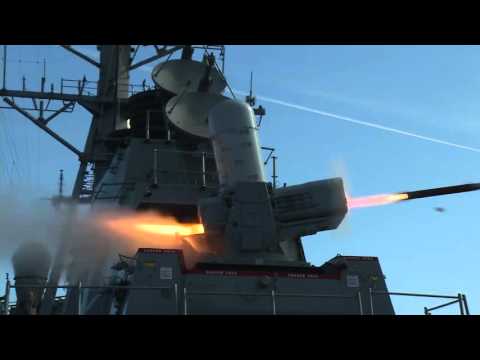
The addition of stealthy NSMs may now be on the horizon for other Arleigh Burkes beyond the USS Fitzgerald.
Contact the author: joe@twz.com

